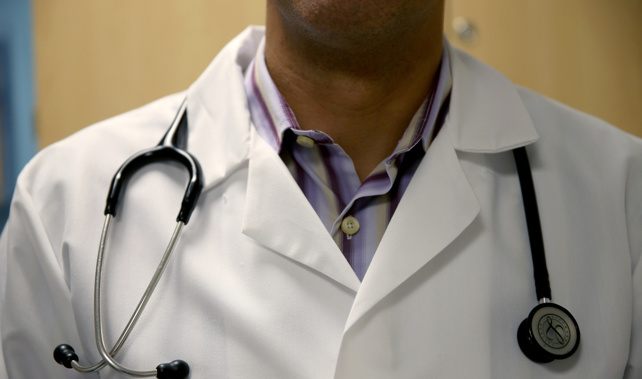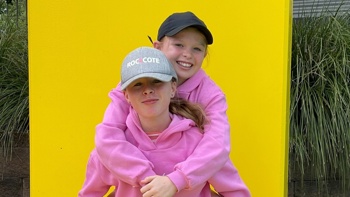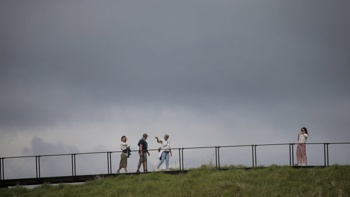Then, for the next six years, she received a number of MRI (magnetic resonance imaging) scans which showed no evidence of residual or recurrent tumours. An MRI in August 2014 showed no change, she was told.
But eight months later the girl, now 17 years old, went to the emergency department after getting headaches and becoming unsteady on her feet.
A new MRI identified a lesion and an analysis of the previous scan confirmed the lesion had been present at that time and had not been identified by the radiologist.
The radiologist found the mass was "much more extensive than it was in August 2014".
A biopsy confirmed the medulloblastoma had returned and the tumour was inoperable.
The young woman was referred for hospice care and died the following year in 2016.
Hill said the lesion would have been apparent to most radiologists who regularly report on MRI head studies.
Hill found that the radiologist failed to provide services with reasonable care and skill.
The radiologist accepted the lesion was present and visible in the previous scan and that he had missed seeing it. He apologised to the young woman's family, under Hill's recommendation.
The radiologist said it was not possible to have a second person check each scan because of the very heavy workload. At the time, radiologists were working under an "unmanageable" workload because five people were on leave.
The radiology service said radiologists were encouraged to seek further assistance from colleagues should they feel the need to have a second opinion but acknowledged that second readings were not mandatory best practice at the radiology service or in New Zealand.
Hill considered that this case identified some areas for potential improvement in the radiology service's collaborative working relationships with radiologists and the DHB.
He therefore made a recommendation that the service obtain an independent review including of its rostering structure and staffing levels.










